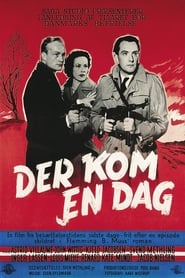detail profile gabriel axel

Riwayat Hidup
Axel Gabriel Erik Mørch, betterr known as Gabriel Axel was Danish director, actor and writer.
He spent most of his childhood and youth in Paris.
In 1942 Axel was admitted to the acting school at the Royal Danish Theatre in Copenhagen.
After a short period of theatre in Paris, he returned to Denmark and began in 1951 to direct television drama.
Following a series of more or less erotic films and broadly popular comedies, Axel in 1977 launched a prolific career as a director of French TV films, culminating in 1985 with a historical five-episode series, "Les colonnes du ciel/Heaven's Pillars".
In 1987, Axel returned to Denmark to direct what had been his dream project for over 15 years, an adaptation of Karen Blixen's "Babette's Feast.
" After screening at the Cannes film festival, the film became a worldwide success and won the 1988 Oscar for Best Foreign Language Film.
Gabriel Axel directed some 25 feature films and 50 tv-movies.
He appeared in about 25 films.
Info Pribadi
Peran Yang Di Mainkan Gabriel Axel
 40 international directors were asked to make...
40 international directors were asked to make...Lumière & Company 1995
40 international directors were asked to make a short film using the original Cinematographe invented by the Lumière Brothers, working under conditions similar to those of 1895. There were three rules: (1) The film could be no longer than 52 seconds, (2) no synchronized sound was permitted, and (3) no more than three takes.
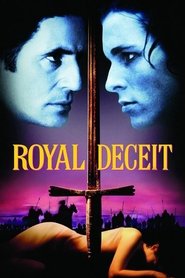 A Danish prince seeks revenge upon...
A Danish prince seeks revenge upon...Prince of Jutland 1994
A Danish prince seeks revenge upon the villain who killed the king and his son to usurp the throne.
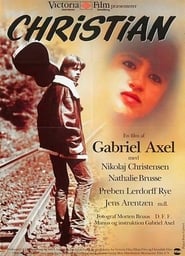 Nikolaj Christensen is a popular Danish...
Nikolaj Christensen is a popular Danish...Christian 1989
Nikolaj Christensen is a popular Danish folk-rock artist. In this teen-oriented film, Christian (Christensen) is a young man in search of love, who restlessly leaves his home in Denmark to search for it all over Europe, finally finding some semblance of it in Morocco. This slight film is directed by Gabriel Axel, who also directed Babette's Feast. It is likeliest to be of interest to fans of the star and his music, which is used throughout.
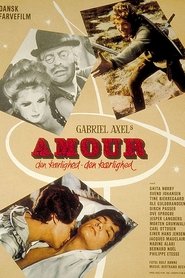 This threepart movie begins with a...
This threepart movie begins with a...Amour 1970
This three-part movie begins with a young woman married to an older, cold-hearted man in the year 1200. Two rivals have a swordfight over the affections of the woman. Part two takes place in 1910 and finds an amorously unfaithful wife taking on her many lovers while her unsuspecting husband lurks nearby. The final part finds a count and countess engaging in extramarital affairs in France during the 1840s.
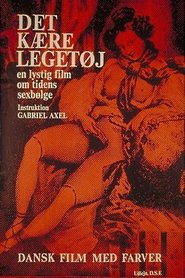 A look at what happened when...
A look at what happened when...Sex and the Law 1968
A look at what happened when Denmark abolished censorship in the late 1960s.
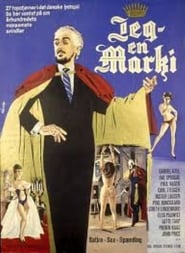 A poor dandy embezzled large sums...
A poor dandy embezzled large sums...The Reluctant Sadist 1967
A poor dandy embezzled large sums of money and buys the title Marquis De Sade to impress the upper class. The film premiered as "I am a Marquis."
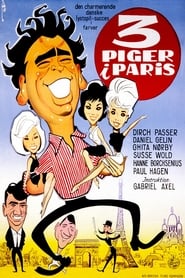 Three girls in Paris is the...
Three girls in Paris is the...Three Girls in Paris 1963
Three girls in Paris is the story of three Danish girls (Ghita Nørby, Susse Wold and Hanne Borchsenius) traveling to Paris, but after having placed suitcase and money on the hotel and takes off in the city, they forget what it's called and where it is located. They are helped by a Parisian taxi driver, and meets a series of typical French.
 Director Paul Borg Ebbe Langberg neglects...
Director Paul Borg Ebbe Langberg neglects...Han, hun, Dirch og Dario 1962
Director Paul Borg (Ebbe Langberg) neglects his young, beautiful wife Marianne (Ghita Nørby). He even forget their wedding day, in favor of a new fast sports car, a beautiful silver-gray Jaguar. During his drive, he runs out of gas. A young lady Laura Lublinski (Hanne Borchsenius), helps him and he takes an innocent flirtation with her. When Marianne learns this, she moves home and dump into an artist community with Jenny (Bodil Steen), Ovengaden of water 52 in Christianshavn. Here she takes the unrepentant Don Juan, Mario (Dario Campeotto) and the guitar-playing Eigil (Dirch compatible).
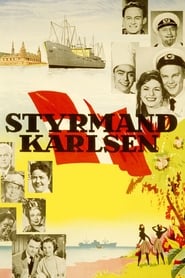 First mate Knud Karlsen has just...
First mate Knud Karlsen has just...Styrmand Karlsen 1958
First mate Knud Karlsen has just received sad news from his girlfriend. On board the ship is also chef Valdemar, sailor Ole, owner's confident son Robert and a whole bunch of eager sailors. On board develops the drama out every minute, culminating in the film's climax, when a fire breaks out on board
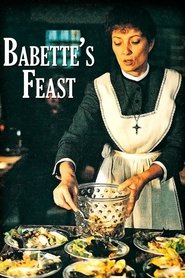 A French housekeeper with a mysterious...
A French housekeeper with a mysterious... Three out of work actors breaks...
Three out of work actors breaks...
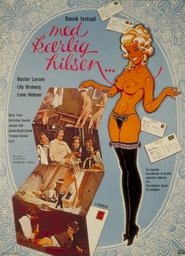
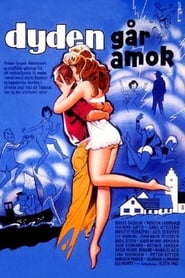

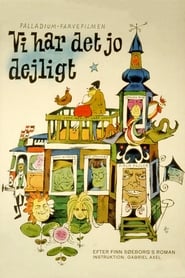
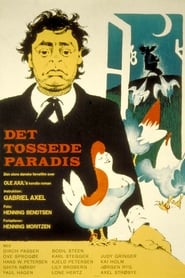 Romantic comedy based on the discovery...
Romantic comedy based on the discovery...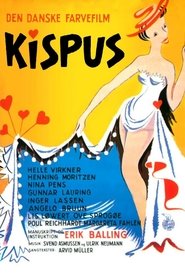 When a young woman falls in...
When a young woman falls in...